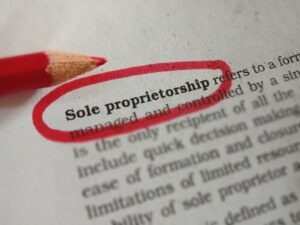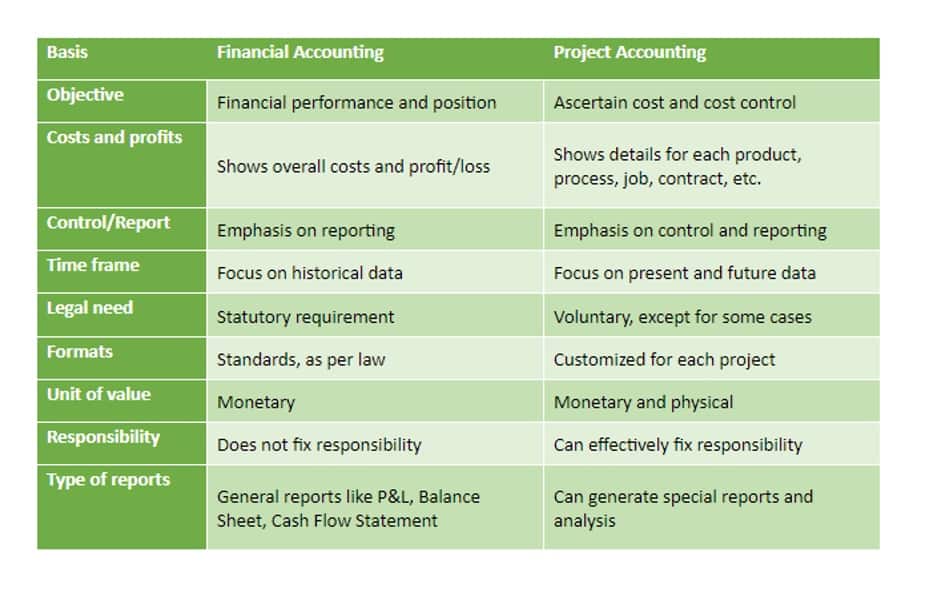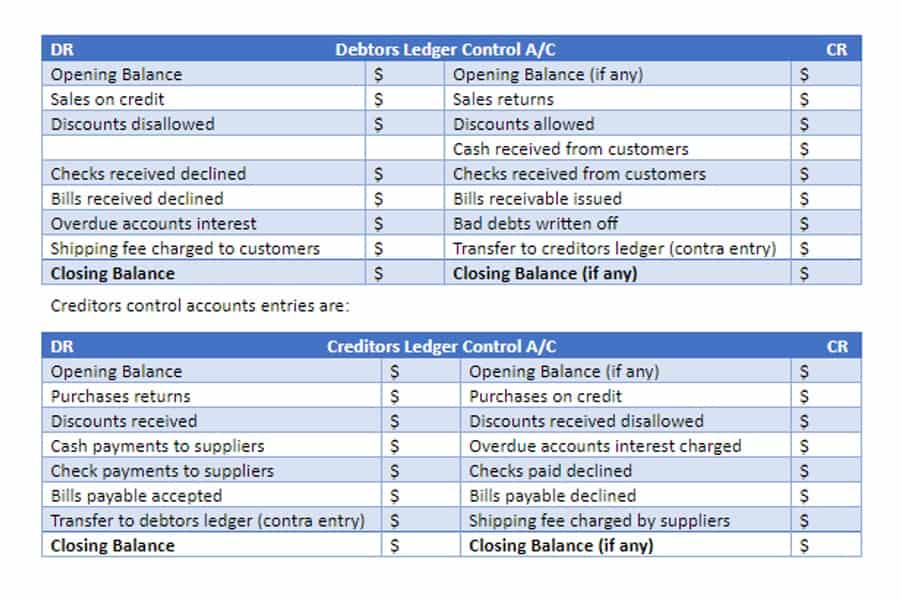Unlocking Your Gym’s Financial Performance: Understanding P&L Statements

If a business is not profitable, this factor becomes a pivotal issue in the entire gym valuation process. Most gym owners put all their physical and emotional energy into their gyms, and many gyms are owner-operator outfits in which the principals have very strong connections to the brand, the members, the staff and even the equipment. These “labor of love” businesses tend to make owners add value where none exists. So when owners like this decide to sell a gym, their value assessments might be heavily influenced by intangibles that are difficult to quantify.
Financing a Gym Purchase With a Bank Loan
Promoting the gym through various channels like social media advertising, print media, or sponsorships incurs costs that vary depending on the scale and scope of each campaign. Tracking these expenses closely allows gym owners to evaluate the return on investment (ROI) from different marketing initiatives and optimize future spending accordingly. Recognizing and allocating revenue based on different membership types or packages is crucial in ensuring accurate financial reporting in gym accounting. Gym memberships may vary in terms of duration (monthly, quarterly, annual) and level of access (basic, premium). Each membership type should be assigned a distinct code or identifier within the accounting system to facilitate proper recognition and tracking.
Financial Model Coffee Shop
When you think about tracking your balance sheet, you want to think about the short term – less than 12 months – and the long term – more than 12 months. You need to then understand how your costs are increasing/decreasing, and you should understand how they are changing as a percentage of your revenue. More specifically, you need to track your cost of sales, your SG&A as outright amounts as well as percentage increases/decreases, and you then need to track each of them, individually, as a percentage of revenue. For ex, if your cost of sales was $10,000 and your revenue was $30,000, your cost of sales as a percentage of revenue is 33%.

Ace Fitnesss Mind & Body Works
- On the other hand, cash basis accounting records revenue only when it is received and expenses only when they are paid.
- Regular bookkeeping will help you stay on top of your finances and will make tax time much easier.
- Our pre-populated Gym financial model is in Excel format and includes multiples worksheets.
- When you think about tracking your balance sheet, you want to think about the short term – less than 12 months – and the long term – more than 12 months.
Regularly reviewing and updating the cash flow forecast is important to ensure that your gym has enough cash on hand to meet its obligations and capitalize on new opportunities. Once you have calculated your total fixed and variable costs, you can use this information to determine your break-even point. The break-even point is the point at which your revenue and costs are equal. This can be calculated by dividing the total fixed costs by the difference between the price of a membership and the variable cost per membership (also called contribution margin).
- Neither is write or wrong generally speaking, but it changes how a business looks at their statements.
- Based on examples like these, you should be able to add or adjust any missing elements in minutes.
- Exercise.com provides comprehensive gym management software that can help in numerous ways, from scheduling and member management to workout programming and ecommerce.
- It should also consider contingency plans for unexpected financial challenges and outline plans for future growth and expansion.
- Gym memberships may vary in terms of duration (monthly, quarterly, annual) and level of access (basic, premium).
- If you’re a sole proprietor or partner, you’ll generally need to pay self-employment taxes, which cover Social Security and Medicare.
Anytime FitnessAnytime Fitness is a welcoming gym that exists to help someone get to a healthier place – by giving the right support at the right times, in the ways the member wants. Every member receives a free, personalized Get Started Plan when they join. Their friendly, professional staff is trained to help someone along their fitness journey, no matter how much support they need. The first step of a break-even analysis involves calculating the total fixed costs (those that don’t change with the level of business) and variable costs (those that change with the level of business). Fixed costs for a gym business include rent, insurance and salaries, while variable costs include utilities, supplies, and equipment repairs.
Gym Financial Statement Examples (Free Templates)
This statement is crucial for predicting periods when you might need extra cash or when you can plan for growth or improvements. A Profit and Loss (P&L) forecast (also called Income Statement) is a financial tool that projects the expected revenue and expenses of a business over a given period of time, typically a year. It’s an important part of a gym’s financial plan, as it can help you understand how much money you can expect to make or lose, and how much you will need to invest in order to become profitable. A gym balance sheet example would list the gym’s assets, such as equipment, cash reserves, and property, and liabilities, including loans and accounts payable. It also shows the gym’s equity, representing the owner’s stake in the business. This snapshot of financial standing at a given moment helps assess the gym’s financial health and stability.

Gym equipment is considered a fixed or long-term asset, not a current asset, because it’s used over a longer period and not easily converted into cash. Gym liabilities could include loans taken out to start or improve the business, money owed to suppliers, unpaid wages, and accrued expenses. Employers are required to withhold income taxes from their employees’ wages and remit them periodically along with employer-paid taxes like Social Security and Medicare contributions. Accurate Gym Bookkeeping calculation of these taxes as well as proper filing and timely remittance demonstrate compliance with tax regulations. Gym owners should consult legal counsel or tax experts for guidance in classifying workers correctly based on relevant guidelines and criteria set forth by governmental agencies. One important aspect of tax compliance is accurately determining an individual’s employment status – whether they are classified as an employee or an independent contractor.
When it comes to gyms, the degree of unpredictability can be high—especially with newer businesses or gyms in which the departing owner performs every single task. As a gym owner, and frankly as a manager, coach/trainer, admin, or anybody else in a fitness business, you must understand how to track your gym’s financial performance. Financial tracking is one of the best OUTPUTS to show you how you are doing. Moreover, employing forecasting techniques based on historical sales data can aid in making informed decisions about adjusting stock levels during peak periods or anticipating demand fluctuations.
They enable you to track your progress, set realistic goals, and measure your gym’s performance against industry standards. In short, financial statements are the compass that guides your gym’s https://www.bookstime.com/ financial journey. Accurate records enable the gym management to track revenue trends, monitor expenses, and identify areas for cost optimization or potential opportunities for growth.





